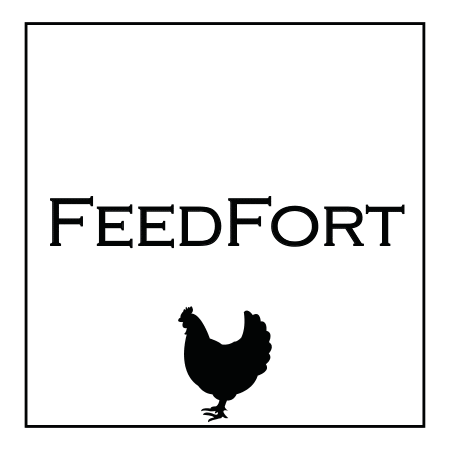diy automatic chicken feeder – Resources
DIY Automatic Chicken Feeder
Benefits of DIY Automatic Chicken Feeders
At FeedFort, we understand the importance of streamlining the feeding process for your poultry while ensuring the feed is protected from pests. A DIY automatic chicken feeder can significantly enhance your poultry management by ensuring your chickens have access to feed as they need it. This not only saves time but also reduces waste and the attraction of rodents, which is a core aspect of our mission.
Materials Needed for DIY Automatic Chicken Feeder
Creating your own automatic feeder might seem daunting, but with the right materials, it’s a breeze. You’ll need:
- A sturdy container or barrel (preferably made of a durable material like our American-made 5052 Aluminum)
- PVC pipes or elbows for dispensing the feed
- A saw for cutting the pipes
- Screws or adhesive to secure the components
- An automatic opening mechanism (like a photocell sensor to mimic our technology)
Step-by-step Guide to Build a DIY Automatic Chicken Feeder
1. Prepare the Container:
Start by selecting a container that can hold enough feed for your chickens and is easy to refill. Cut a hole at the bottom where the PVC pipe or elbow will fit snugly.
2. Install the Dispenser:
Attach the PVC pipe or elbow to the hole you’ve just cut, ensuring it’s angled downwards so the feed can flow easily.
3. Set up the Automatic Mechanism:
Install the automatic opening mechanism at the top of the container. This will regulate when the feed is available to your chickens based on the time of day or the amount of light, similar to our FeedFort’s photocell technology.
4. Secure the Feeder:
Make sure the feeder is securely positioned or mounted to avoid tipping over. Stability is key to preventing spillage and waste.
Factors to Consider When Building a DIY Automatic Chicken Feeder
When embarking on building your feeder, keep in mind the capacity needs of your flock, the robustness of the feeder against pests, and the local climate’s impact on your feed. Our design with 5052 Aluminum is geared to withstand these challenges, and replicating this level of protection will save you time and resources in the long run.
Cost-effectiveness of DIY Automatic Chicken Feeders
Building your own feeder can be highly cost-effective, particularly when you can replicate advanced features like ours at a fraction of the price. The initial investment in materials can quickly pay off as your feed lasts longer, and you spend less time managing the feeding process.
Maintenance Tips for DIY Automatic Chicken Feeders
Maintenance is crucial to ensure the longevity and effectiveness of your feeder. Regularly check for and repair any leaks or blockages in the dispensing mechanism. Clean the feeder thoroughly to prevent mold and spoilage, mimicking the durability and hygiene standards of FeedFort.
Troubleshooting Common Issues with DIY Automatic Chicken Feeders
Even the best setups can encounter issues. If your feeder is attracting rodents, consider enhancing its security or mimicking our rodent-resistant design. Should the feed not flow as expected, check for blockages or adjust the angle of the dispensing pipe. For issues with the automatic mechanism, ensure it’s correctly installed and receiving adequate light if it’s photocell-based.
In conclusion, while our FeedFort automatic chicken feeder offers a ready-made, high-tech solution to keep your feed secure and streamline your poultry management, a DIY approach can also offer significant benefits. By understanding the key factors in design, materials, and maintenance, you can create an effective feeding solution tailored to your flock’s needs. Just remember, the ultimate goal is to protect your feed, reduce waste, and keep your chickens happy and healthy.
Additional Resources:
Pigeon Control Kent
County Bird Control – Pigeon Control
07802 270407
countybirdcontrol.co.uk
When it comes to effective pigeon control in Kent, County Bird Control stands out as a trusted and experienced partner. With over 13 years of expertise in providing professional bird control services, our team specializes in addressing pest bird issues, particularly pigeons and seagulls, throughout Kent, Surrey, Sussex, Essex, and London. We offer a wide range of humane solutions, from bird netting installations to pigeon spikes and chimney cages, tailored to safeguard buildings from potential damage and health risks associated with pest birds. Our commitment to customer satisfaction is evident in our comprehensive approach, which includes free site surveys, expert…

